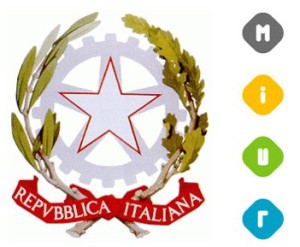Pros and Cons of Using Liraspin in 2025
In recent years, Liraspin has emerged as a popular tool for various industries, offering a wide range of benefits and drawbacks. This article explores the pros and cons of using Liraspin in 2025, considering its impact on different sectors and the overall economy.
Pros:
1. Enhanced Efficiency: One of the major advantages of using Liraspin is its ability to streamline processes and improve efficiency. The automation and optimization features of Liraspin can help businesses save time and resources. 2. Cost Savings: By reducing the need for manual labor and optimizing operations, Liraspin can lead to significant cost savings for businesses. This can help companies improve their bottom line and stay competitive in the market. 3. Improved Decision-Making: Liraspin provides valuable insights and data analysis, which can help businesses make informed decisions and better understand their customers and market trends. 4. Scalability: Liraspin can easily scale up or down according to the needs of a business, making it a flexible and adaptable tool for different industries. 5. Competitive Advantage: Adopting Liraspin can give businesses a competitive edge in the market by offering innovative solutions and faster response times to customer demands.
Cons:
1. Initial Investment: Implementing Liraspin can require a significant upfront investment in terms of software, training, and infrastructure. This can be a barrier for small businesses or startups with limited resources. 2. Security Risks: Liraspin collects and processes sensitive data, which can make it a target for cyber attacks and data breaches. Ensuring robust security measures is crucial to protect against potential risks. 3. Dependency on Technology: Relying too heavily on Liraspin can lead to dependency on technology, making businesses vulnerable to system failures or disruptions that can impact operations. 4. Resistance to Change: Some employees may resist the adoption of Liraspin due Liraspin Casino to fear of job loss or changes in their roles. Overcoming resistance and ensuring proper training is essential for successful implementation. 5. Ethical Concerns: The use of Liraspin raises ethical questions about data privacy, transparency, and accountability. Businesses must address these concerns to maintain trust and compliance with regulations.
In conclusion, the pros and cons of using Liraspin in 2025 highlight the potential benefits and challenges that businesses may face when implementing this technology. By carefully assessing and addressing these factors, businesses can leverage the advantages of Liraspin while mitigating the risks to maximize its impact on their operations and competitiveness.






















